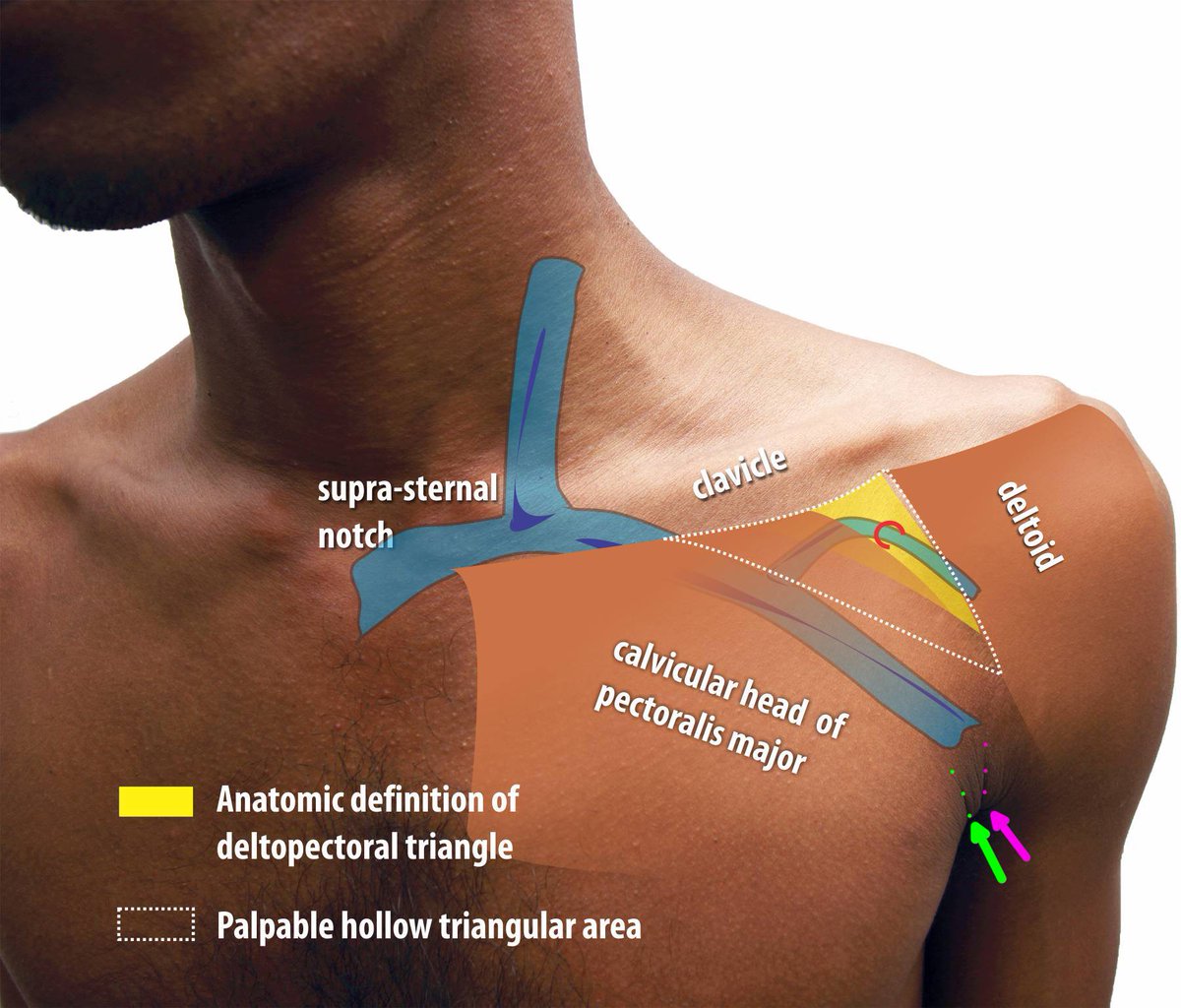Exploring Sternal Tenderness: Uncovering Different Causes of Sternal Pain
What are the potential causes of sternal pain and tenderness. How can diagnostic tests help identify the underlying condition. Learn about the different conditions that can lead to sternal discomfort.
Uncovering the Causes of Sternal Tenderness
Sternal pain and tenderness can have a variety of underlying causes, ranging from benign conditions to more serious medical issues. Understanding the potential sources of this discomfort is crucial for accurate diagnosis and proper treatment. In this comprehensive article, we will delve into the different causes of sternal tenderness, the diagnostic process, and the appropriate management strategies.
Understanding Sternal Anatomy and Function
The sternum is a flat, elongated bone located in the central part of the chest wall, serving as the attachment point for the ribs and playing a crucial role in protecting the vital organs within the thoracic cavity. Sternal tenderness can arise from various conditions affecting the sternum itself, the surrounding tissues, or the structures in close proximity to the sternum.

Common Causes of Sternal Tenderness
Sternal tenderness can be attributed to a range of conditions, including:
- Musculoskeletal Conditions: Injuries or disorders affecting the muscles, ligaments, or joints surrounding the sternum, such as costochondritis, Tietze’s syndrome, and trauma.
- Inflammatory Conditions: Autoimmune disorders, such as rheumatoid arthritis or ankylosing spondylitis, can cause inflammation and pain in the sternal region.
- Infectious Processes: Infections, such as osteomyelitis or sternal wound infections, can lead to sternal tenderness and discomfort.
- Malignant Conditions: Tumors, either primary or metastatic, can originate in the sternum or surrounding tissues, causing sternal pain and swelling.
- Vascular Conditions: Aortic dissection or ischemic heart disease can sometimes present with sternal pain, particularly in the setting of chest discomfort.
Diagnostic Approach to Sternal Tenderness
When a patient presents with sternal tenderness, a comprehensive diagnostic evaluation is essential to determine the underlying cause. The diagnostic process typically involves:
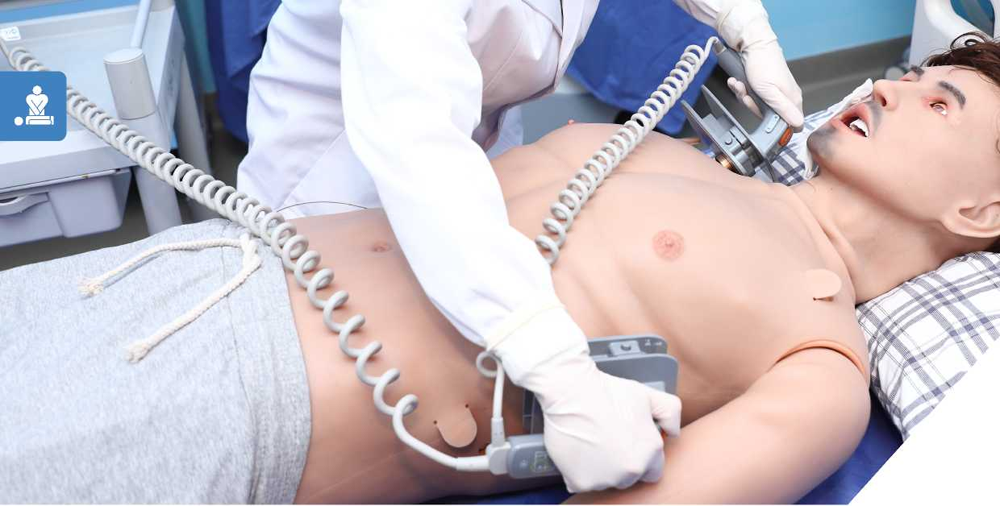
- A thorough medical history and physical examination
- Diagnostic imaging, such as X-rays, CT scans, or MRI scans, to visualize any structural abnormalities or lesions
- Laboratory tests, including blood work and, in some cases, tissue biopsy, to identify any underlying infectious, inflammatory, or neoplastic processes
Treating Sternal Tenderness
The treatment approach for sternal tenderness depends on the underlying cause. In cases of musculoskeletal or inflammatory conditions, management may involve pain medication, physical therapy, or anti-inflammatory medications. Infectious processes may require antibiotic therapy or surgical intervention. For malignant conditions, a multidisciplinary approach involving oncologists, surgeons, and other specialists may be necessary, potentially including chemotherapy, radiation therapy, or surgical resection.
Preventing Sternal Complications
To reduce the risk of developing sternal complications, it is important to maintain good posture, engage in appropriate physical activity, and promptly address any signs of sternal tenderness or discomfort. Regular check-ups with a healthcare provider can also help identify and manage any underlying conditions before they lead to more serious complications.

Key Takeaways
Sternal tenderness can have a wide range of underlying causes, from benign musculoskeletal conditions to more serious malignant or infectious processes. A comprehensive diagnostic evaluation, including imaging and laboratory tests, is crucial for identifying the root cause and guiding appropriate treatment. By understanding the potential causes of sternal pain and seeking timely medical attention, individuals can take proactive steps to manage their condition and maintain their overall health and well-being.
[Sternal pain: not always harmless]
Case Reports
. 2004 Dec 11;148(50):2469-74.
[Article in
Dutch]
R J W Hoogendoorn
1
, J M Brinkman, O J Visser, M A Paul, P I J M Wuisman
Affiliations
Affiliation
- 1 Afd. Orthopedie, VU Medisch Centrum, Postbus 7057, 1007 MB Amsterdam.
PMID:
15638192
Case Reports
[Article in
Dutch]
R J W Hoogendoorn et al.
Ned Tijdschr Geneeskd.
.
. 2004 Dec 11;148(50):2469-74.
Authors
R J W Hoogendoorn
1
, J M Brinkman, O J Visser, M A Paul, P I J M Wuisman
Affiliation
- 1 Afd.
 Orthopedie, VU Medisch Centrum, Postbus 7057, 1007 MB Amsterdam.
Orthopedie, VU Medisch Centrum, Postbus 7057, 1007 MB Amsterdam.
PMID:
15638192
Abstract
In two patients, men aged 39 and 66 years, a sternal mass in combination with pain developed. One patient was diagnosed with a non-Hodgkin lymphoma located in the sternum and the other one with a primary chondrosarcoma of the sternum. They both recovered after treatment. The differential diagnosis of disorders of the chest wall is troublesome and includes haematologic, rheumatologic and infectious processes. Tietze’s syndrome is a rare cause of pain and non-suppurative swelling of the costosternal joints. However, tumours of the anterior chest wall can also cause these symptoms and these must therefore be excluded if the complaints persist or the swelling progresses. The most common malignant tumours of the chest wall are non-Hodgkin lymphoma, primary chondrosarcoma and metastases.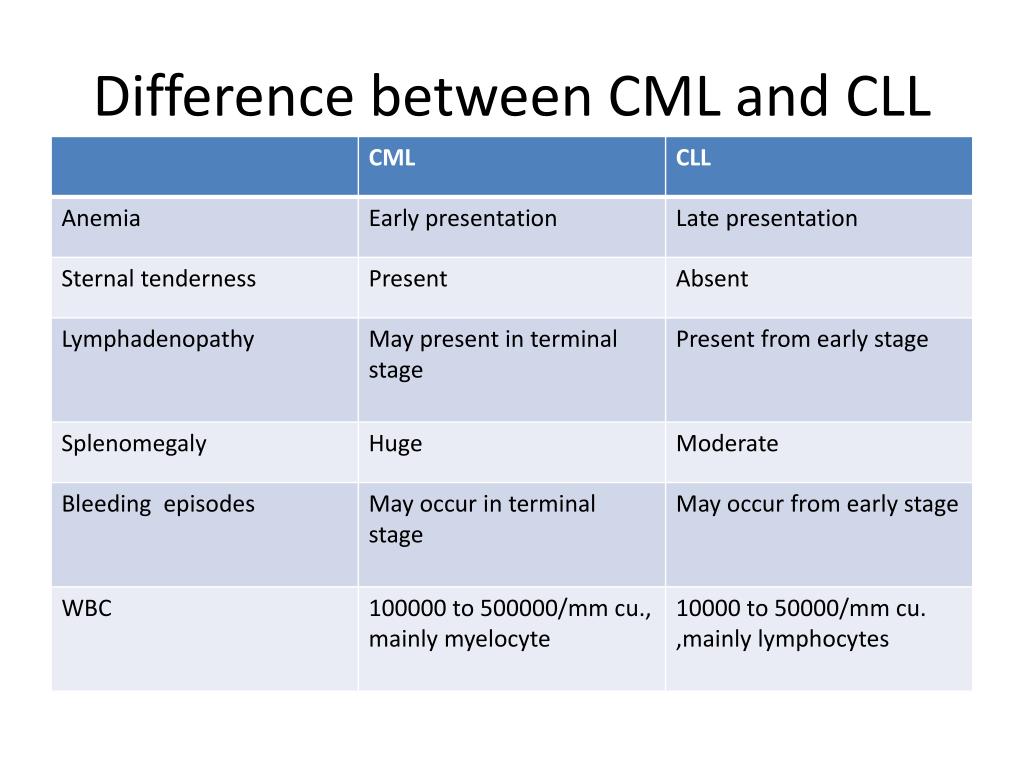 Diagnostics should consist of blood tests and X-rays. CT and MRI scans are more helpful in establishing the diagnosis. A definitive diagnosis can only be determined by biopsy.
Diagnostics should consist of blood tests and X-rays. CT and MRI scans are more helpful in establishing the diagnosis. A definitive diagnosis can only be determined by biopsy.
Similar articles
Imaging of chest wall disorders.
Jeung MY, Gangi A, Gasser B, Vasilescu C, Massard G, Wihlm JM, Roy C.
Jeung MY, et al.
Radiographics. 1999 May-Jun;19(3):617-37. doi: 10.1148/radiographics.19.3.g99ma02617.
Radiographics. 1999.PMID: 10336192
Anterior chest wall malignancies. A review of ten cases.
Toussirot E, Gallinet E, Augé B, Voillat L, Wendling D.
Toussirot E, et al.
Rev Rhum Engl Ed. 1998 Jun;65(6):397-405.
Rev Rhum Engl Ed. 1998.PMID: 9670332
Review.
[A mesenchymal chondrosarcoma of the sternum].

Pirschel J.
Pirschel J.
Rofo. 1976 Jan;124(1):91-3. doi: 10.1055/s-0029-1230291.
Rofo. 1976.PMID: 130329
German.
No abstract available.Chondrosarcoma of chest wall metastasising to the larynx: Case report and review of literature.
Singhal A, Mahajan C, Hadi R, Awasthi NP.
Singhal A, et al.
J Cancer Res Ther. 2015 Jul-Sep;11(3):658. doi: 10.4103/0973-1482.139603.
J Cancer Res Ther. 2015.PMID: 26458660
Review.
[Sternal chondrosarcoma and the complications poststernectomy].
Mihălţan F, Munteanu I, Trenchea M, Bădescu C, Arghir OC, Ulmeanu D, Galbenu P.
Mihălţan F, et al.
Pneumologia. 2009 Oct-Dec;58(4):233-8.
Pneumologia. 2009.PMID: 20067058
Romanian.

See all similar articles
Publication types
MeSH terms
An Evaluation of Sternal Tenderness as a Sign of Leukaemia | Acta Haematologica
Skip Nav Destination
Research Articles|
March 06 2009
G.M. McAndrew;
D. Ogston;
Audrey A. Dawson
Acta Haematol (1970) 43 (5): 309–312.
https://doi.org/10.1159/000208742
Article history
Published Online:
March 06 2009
Content Tools
-
Views
- Article contents
- Figures & tables
- Video
- Audio
- Supplementary Data
- Peer Review
-
Share
-
Tools
-
Get Permissions
-
Cite Icon
Cite
-
-
Search Site
Citation
G.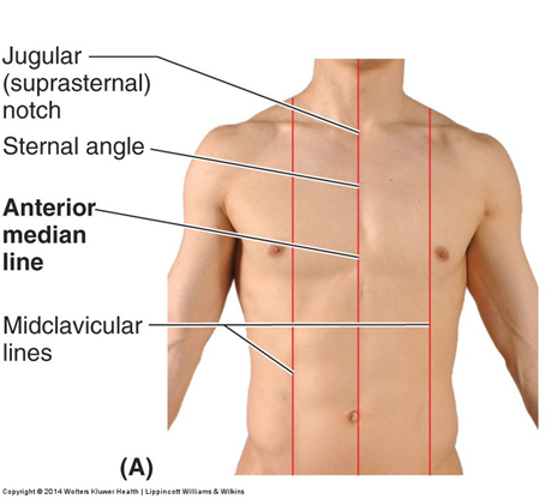 M. McAndrew, D. Ogston, Audrey A. Dawson; An Evaluation of Sternal Tenderness as a Sign of Leukaemia. Acta Haematol 1 May 1970; 43 (5): 309–312. https://doi.org/10.1159/000208742
M. McAndrew, D. Ogston, Audrey A. Dawson; An Evaluation of Sternal Tenderness as a Sign of Leukaemia. Acta Haematol 1 May 1970; 43 (5): 309–312. https://doi.org/10.1159/000208742
Download citation file:
- Ris (Zotero)
- Reference Manager
- EasyBib
- Bookends
- Mendeley
- Papers
- EndNote
- RefWorks
- BibTex
toolbar search
Advanced Search
This content is only available via PDF.
Article PDF first page preview
Close Modal
You do not currently have access to this content.
Don’t already have an account? Register
Digital Version
Rental
This article is also available for rental through DeepDyve.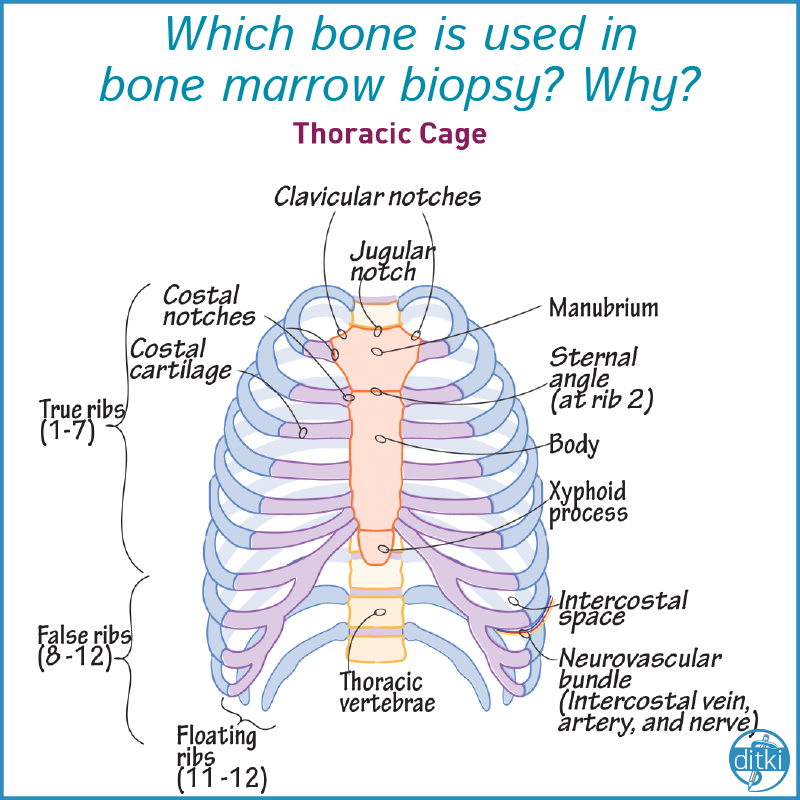
Sitemap
Login
home
home
|
|
404 Page not found
We use cookies to improve the MSTU website and make it easier to use. More information on the use of cookies can be found here.
More information on the use of cookies can be found here.
By continuing to use the site, you confirm that you have been informed about the use of cookies by the FGBOU VO “MSTU” site and agree to our rules for processing personal data.
Size:
AAA
Images
On
Off
Regular version of the site
Unfortunately, the requested page was not found.
But you can use the search or the sitemap below
|
|


.jpg)
